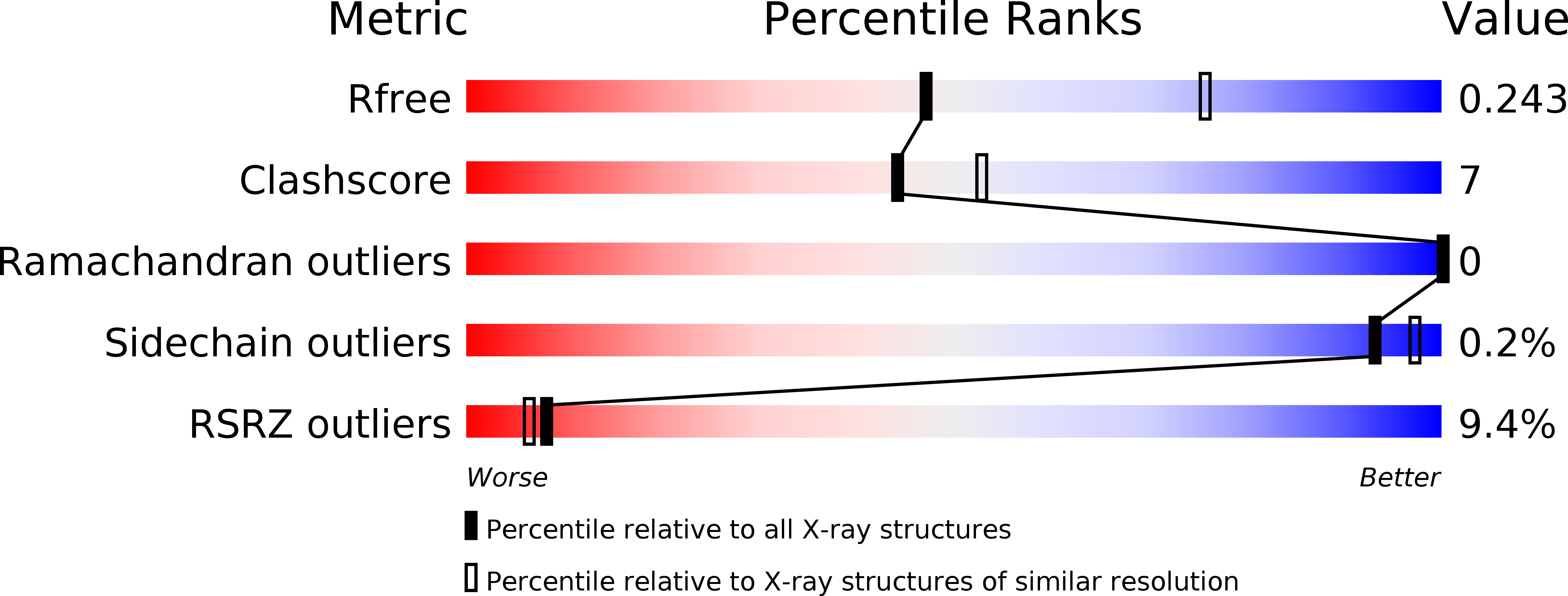
Deposition Date
2018-01-26
Release Date
2018-11-28
Last Version Date
2023-10-04
Entry Detail
PDB ID:
6C9H
Keywords:
Title:
non-phosphorylated AMP-activated protein kinase bound to pharmacological activator R734
Biological Source:
Source Organism:
Homo sapiens (Taxon ID: 9606)
Host Organism:
Method Details:
Experimental Method:
Resolution:
2.65 Å
R-Value Free:
0.24
R-Value Work:
0.21
R-Value Observed:
0.21
Space Group:
P 61 2 2


